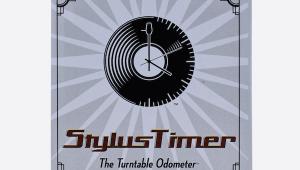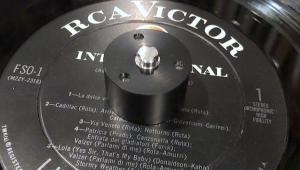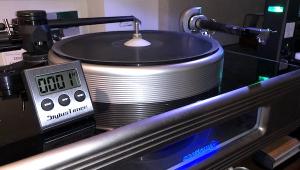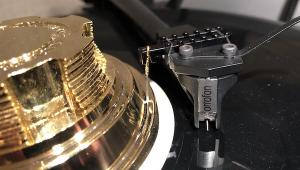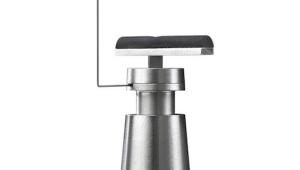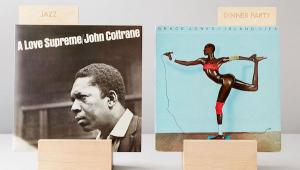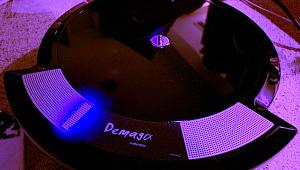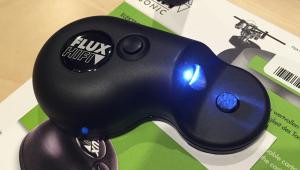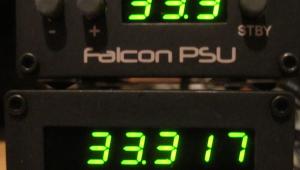The Big Brush Off! Three Dry Record Brushes Compared
The Audioquest features two rows of pure carbon fiber, fine bristles. The AcousTech combines natural fibers and anti-static synthetic bristles and the Levin is 100% natural cashmere goat hair.
Clearly the Levin is most beautiful brush and the most expensive. The Audioquest is the most utilitarian. Cut to the chase: all three did a reasonably good job but the Audioquest was best at both collecting the dust and removing it from the record. Its 100% carbon fiber best lifted the assembled dust from the record.
I like having two rows of bristles. The front set stops the dust and picks up a great deal of it, while the second gets what the first misses. The AcousTech was almost as good but I found that having two separate rows of brushes really made a difference
For the well-to-do audiophile, when guests visit, nothing beats whipping out the Levin brush. It works fairly well and it just looks D-luxe. Obviously, for those on a budget the choice is not difficult between a great looking brush more than a dozen new LPs.
This video was posted for the heck of it. I didn't draw conclusions based on it.


